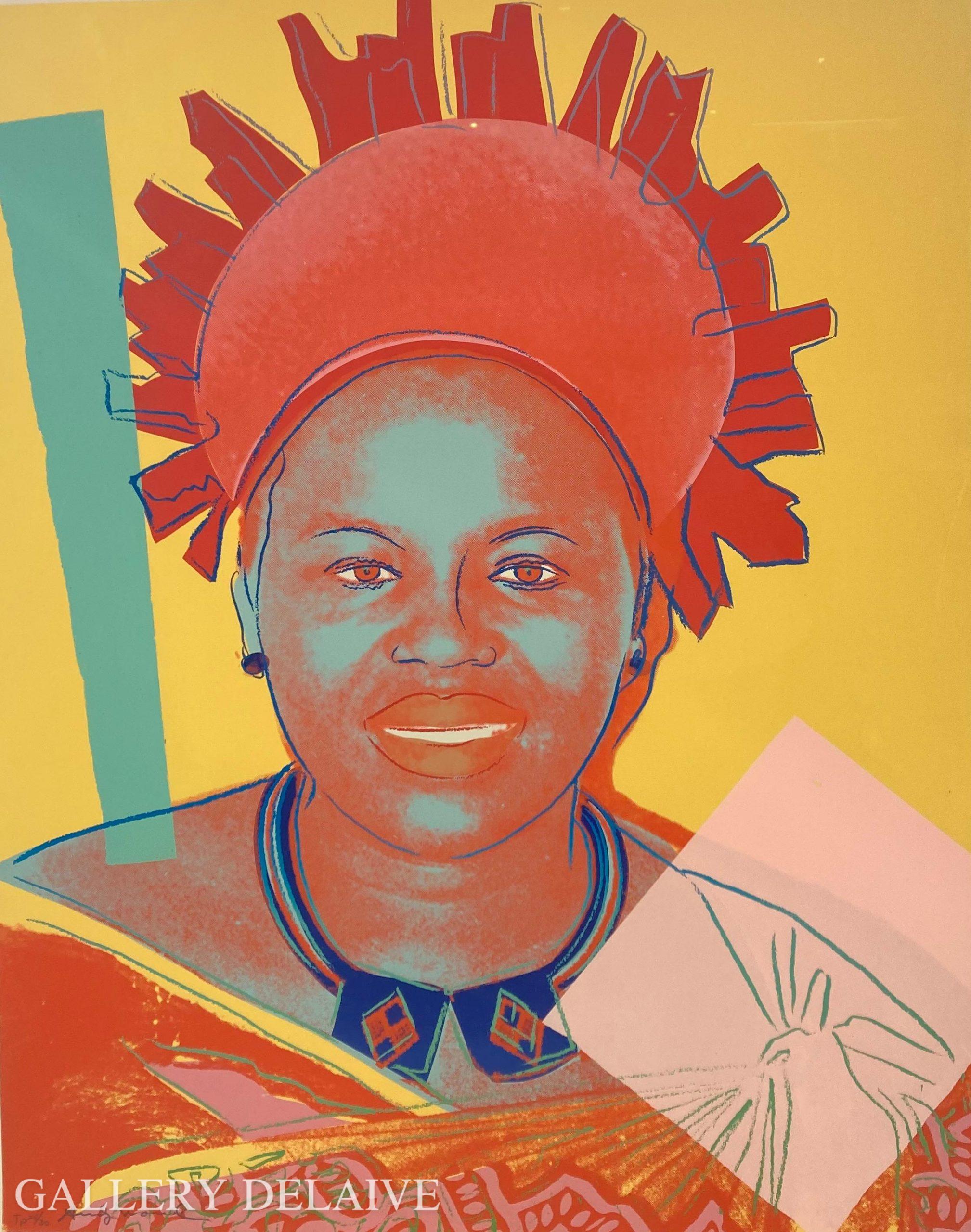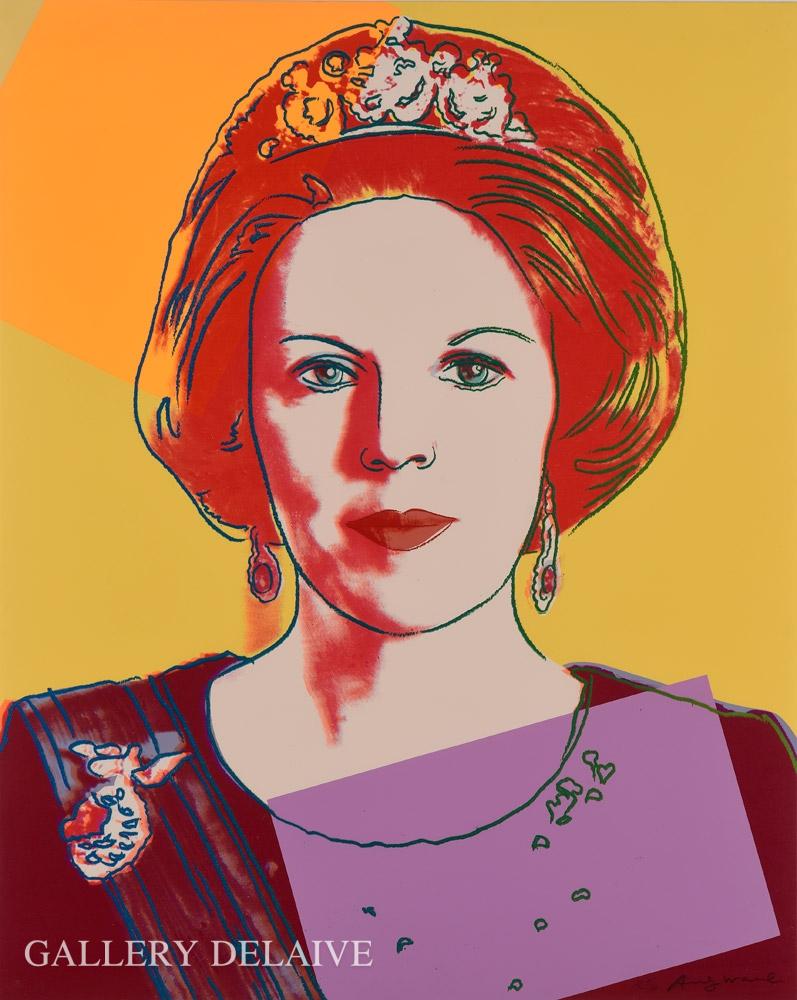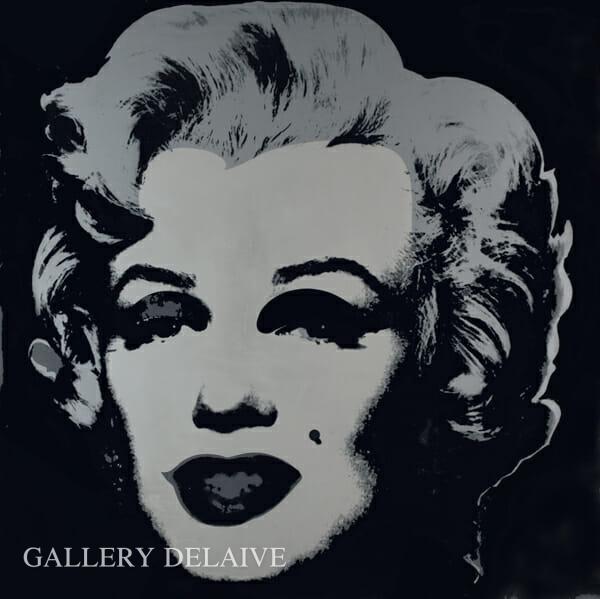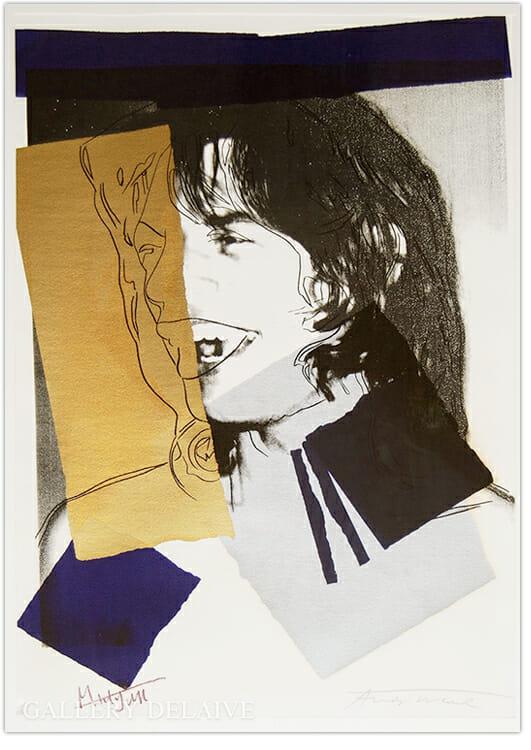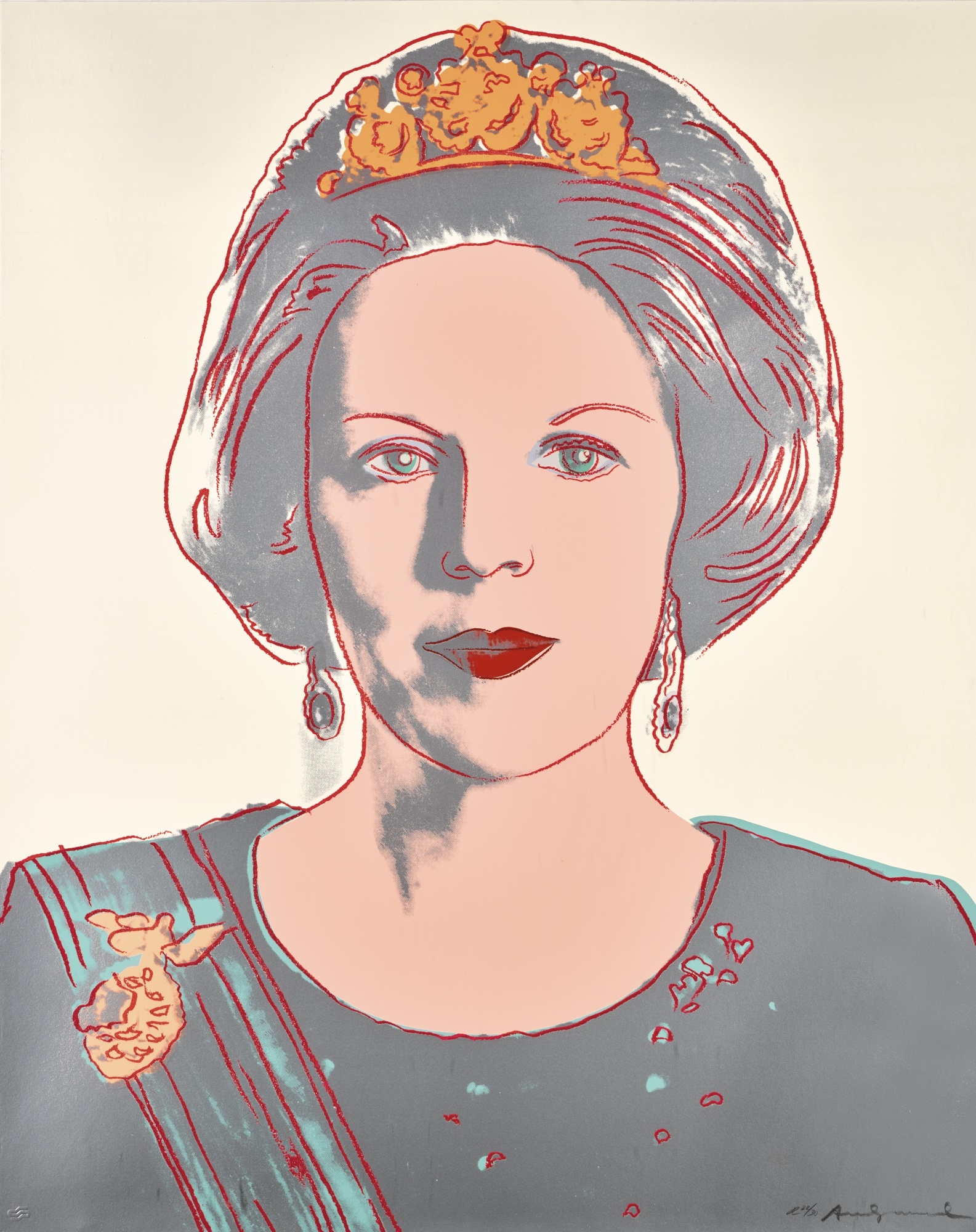Starting in the mid-1960s, at The Factory, his New York studio, Warhol concentrated on making films that were marked by repetition and an emphasis on boredom. In the early 1970s, he began to paint again, returning to gestural brushwork, and produced monumental portraits of Mao Tse-tung, commissioned portraits, and the Hammer and Sickle series. He also became interested in writing: his autobiography, The Philosophy of Andy Warhol (From A to B and Back Again), was published in 1975, and The Factory published Interview magazine. A major retrospective of Warhol’s work organized by the Pasadena Art Museum in 1970 traveled in the United States and abroad. Warhol died February 22, 1987, in New York.
About
Andy Warhol, born Andrew Warhol Jr. revolutionized 20th-century art as a leading figure in the Pop Art movement. Initially a successful commercial illustrator in the 1950s, Warhol transitioned to fine art and explored the intersection of artistic expression, advertising, and celebrity culture through painting, silkscreening, photography, film, and sculpture.
His most famous works include “Campbell’s Soup Cans” and “Marilyn Diptych,” which celebrated and critiqued consumer culture and celebrity obsession in American society. Warhol’s New York studio, ‘The Factory’, became a cultural epicenter during the 1960s, attracting artists, musicians, actors, and intellectuals. Here, he produced avant-garde films like “Chelsea Girls” and curated multimedia events such as the “Exploding Plastic Inevitable,” blending art with music and performance.
Beyond visual art, Warhol managed the Velvet Underground and founded Interview magazine, a platform for cultural critique and celebrity interviews. His writings, including “The Philosophy of Andy Warhol” and “Popism”: The Warhol Sixties,” further shaped his reputation as a cultural commentator.
In 1968, Warhol survived a near-fatal shooting by Valerie Solanas, an event that profoundly affected him. He continued to produce art prolifically until his death in 1987 from cardiac arrhythmia following surgery.
Warhol’s influence remains profound, with numerous exhibitions, books, and films dedicated to his life and work. The Andy Warhol Museum in Pittsburgh, housing a comprehensive collection of his art and archives, stands as a testament to his enduring legacy. His ability to merge high art with mass culture has solidified him as a cultural icon whose impact transcends the art world, influencing generations of artists and thinkers.

